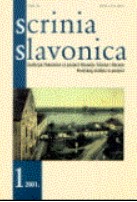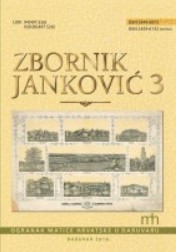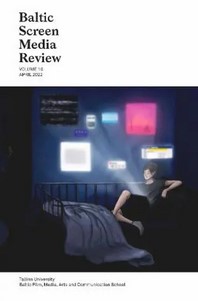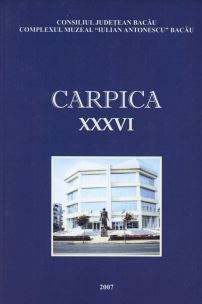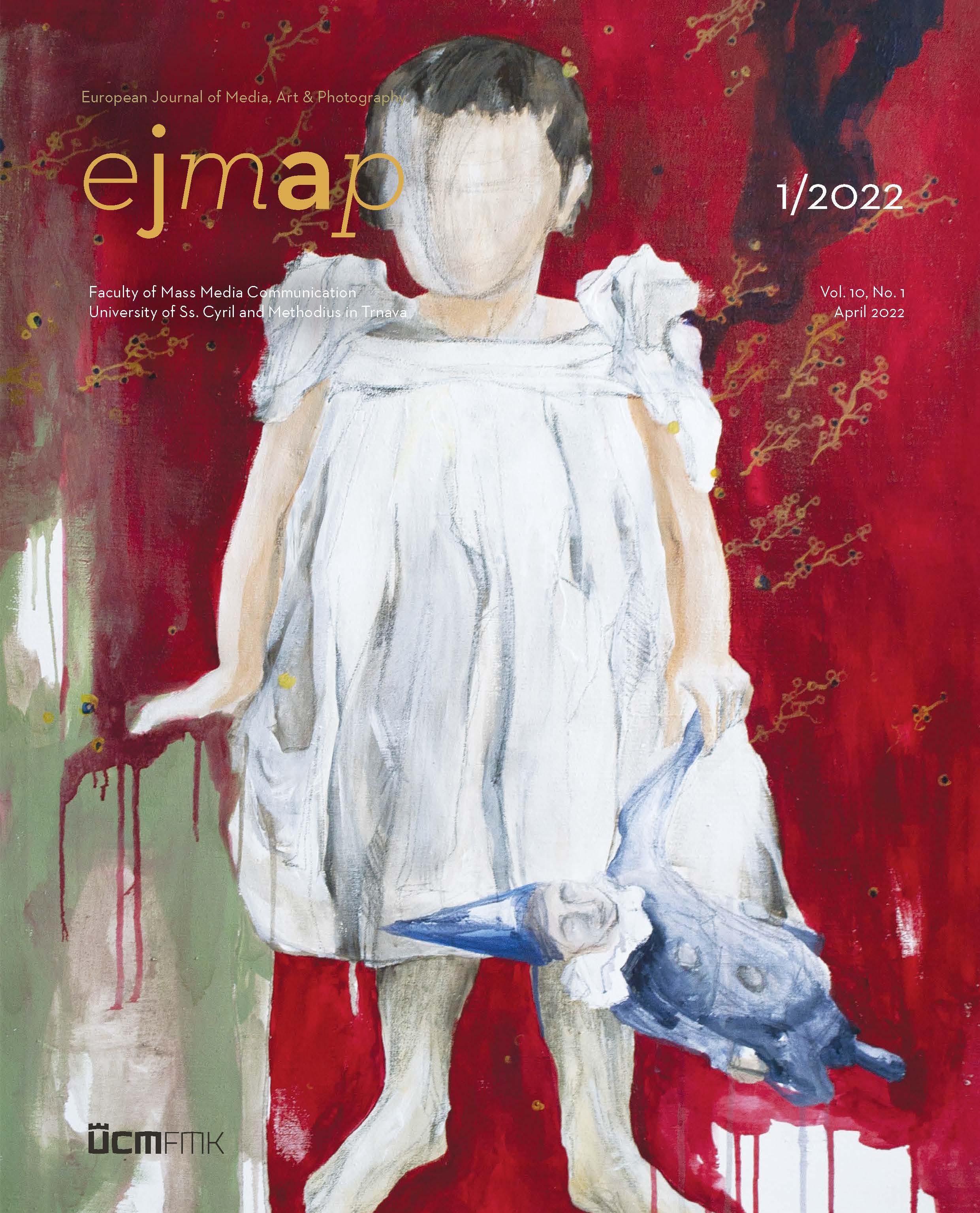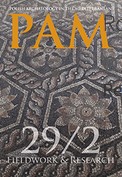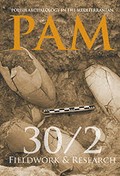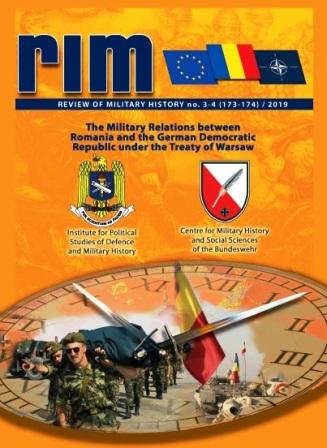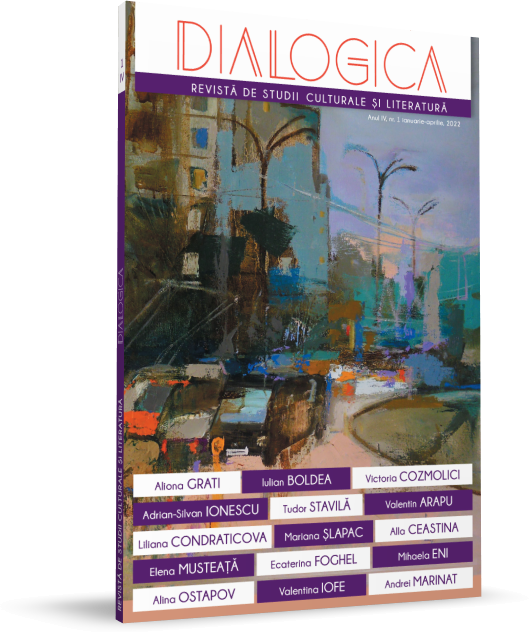
Silvan, tatăl meu sau despre un portretist între literații, muzicienii și actorii secolului XX
In this article, art historian and critic Adrian-Silvan Ionescu presents the life and work of his father, portraitist Silvan Ionescu. In a life of 9 decades, between 1909 and 1999, Silvan Ionescu managed to draw and, thus, to immortalize the cultural-artistic life of Romania in the 20th century. In his countless drawings are represented all those who proved to be someone in the cultural arena of the time: writers, critics, historians, philosophers, musicians, actors, artists. Silvan Ionescu often returned to certain faces: Lucian Blaga, Tudor Arghezi, Liviu Rebreanu, George Bacovia, Mihail Sadoveanu, George Călinescu and others. The portraitist has collaborated with numerous publications from different periods: Literary Universe, Contemporary, Morning Star, 20thCentury, Daily, Literary Romania. In addition to the many volumes he illustrated, he also published two albums under his own name: Portraits of Writers (1982) and Great Musicians of the World in Romania (1995). With awide eyes and an alert hand, Silvan Ionescu lived his life with a sketchbook at hand. He undoubtedly contributing to the building of national culture by portraying many prominent personalities of the last century.
More...
